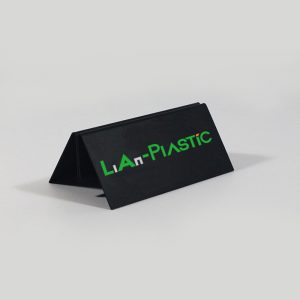In the world of manufacturing, the extrusion molding process plays a vital role in shaping various plastic and metal products. Understanding how this process affects the strength of a product is crucial for engineers and designers. This article explores the key factors and details of how extrusion molding influences product strength.
Extrusion Molding Overview
Extrusion Molded products are created by forcing a raw material, typically plastic or metal, through a die with a specific shape. The material is heated to a molten state and then pushed through the die, resulting in the desired product shape. Let’s delve into the factors that affect the strength of products manufactured through extrusion molding.
Material Selection
Material Quality: The strength of extrusion-molded products heavily depends on the quality of the raw material. High-quality materials tend to exhibit better strength properties. For instance, using industrial-grade polymers or metals can significantly enhance product strength.
Material Type: Different materials have varying levels of strength. Engineers must carefully choose the material that suits the product’s intended application. For example, extruded aluminum profiles offer excellent strength for lightweight structural components.
Process Parameters
Temperature Control: Maintaining precise temperatures during the extrusion process is crucial. Variations in temperature can affect material properties. For instance, in plastic extrusion, excessive heat can cause degradation and reduce strength.
Speed and Pressure: The extrusion speed and applied pressure influence the molecular alignment of the material. Higher pressure and controlled speed can enhance product strength by improving material density.
Design Considerations
Cross-Sectional Shape: The shape of the extruded profile matters. Certain shapes, like I-beams or box sections, offer greater structural strength compared to flat or irregular shapes.
Internal Structures: Incorporating internal ribs or reinforcement structures within the extrusion can significantly increase product strength. These structures distribute stress more effectively.
Quality Control
Quality Assurance: Stringent quality control measures throughout the extrusion process are essential. Continuous monitoring and inspection can identify defects or irregularities that might compromise product strength.
Dimensional Accuracy: Maintaining precise dimensions is critical for ensuring that the extruded product meets strength requirements. Deviations from design specifications can weaken the final product.
Testing and Validation
Physical Testing: To assess the strength of extrusion-molded products, various physical tests such as tensile, compression, and impact tests are conducted. These tests provide quantitative data on strength properties.
Life Cycle Testing: Evaluating the product’s durability through accelerated aging tests can reveal how it withstands stress over time. This data is crucial for assessing long-term strength and lifespan.
Cost Considerations
Cost vs. Strength: It’s important to strike a balance between cost and strength. Enhancing product strength often involves higher material quality and more complex designs, which can increase production costs.
In conclusion, the strength of products manufactured through extrusion molding is influenced by a combination of material selection, process parameters, design considerations, quality control, and testing. Engineers and manufacturers must carefully consider these factors to achieve the desired product strength while managing costs effectively. A well-executed extrusion molding process can result in products that offer the optimal combination of strength, durability, and value.
